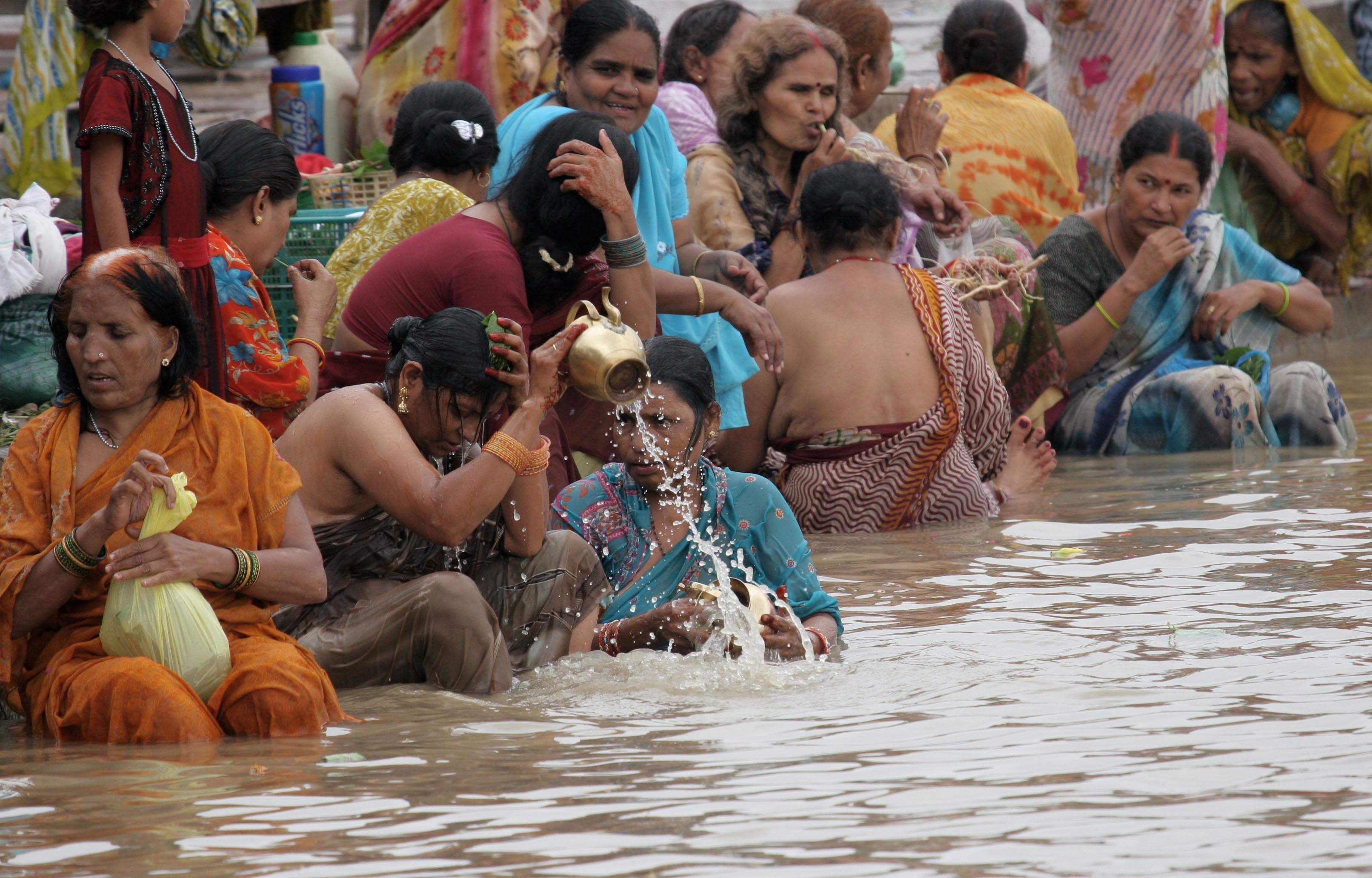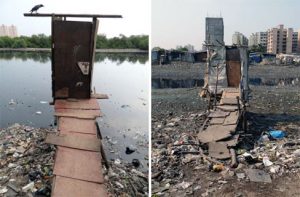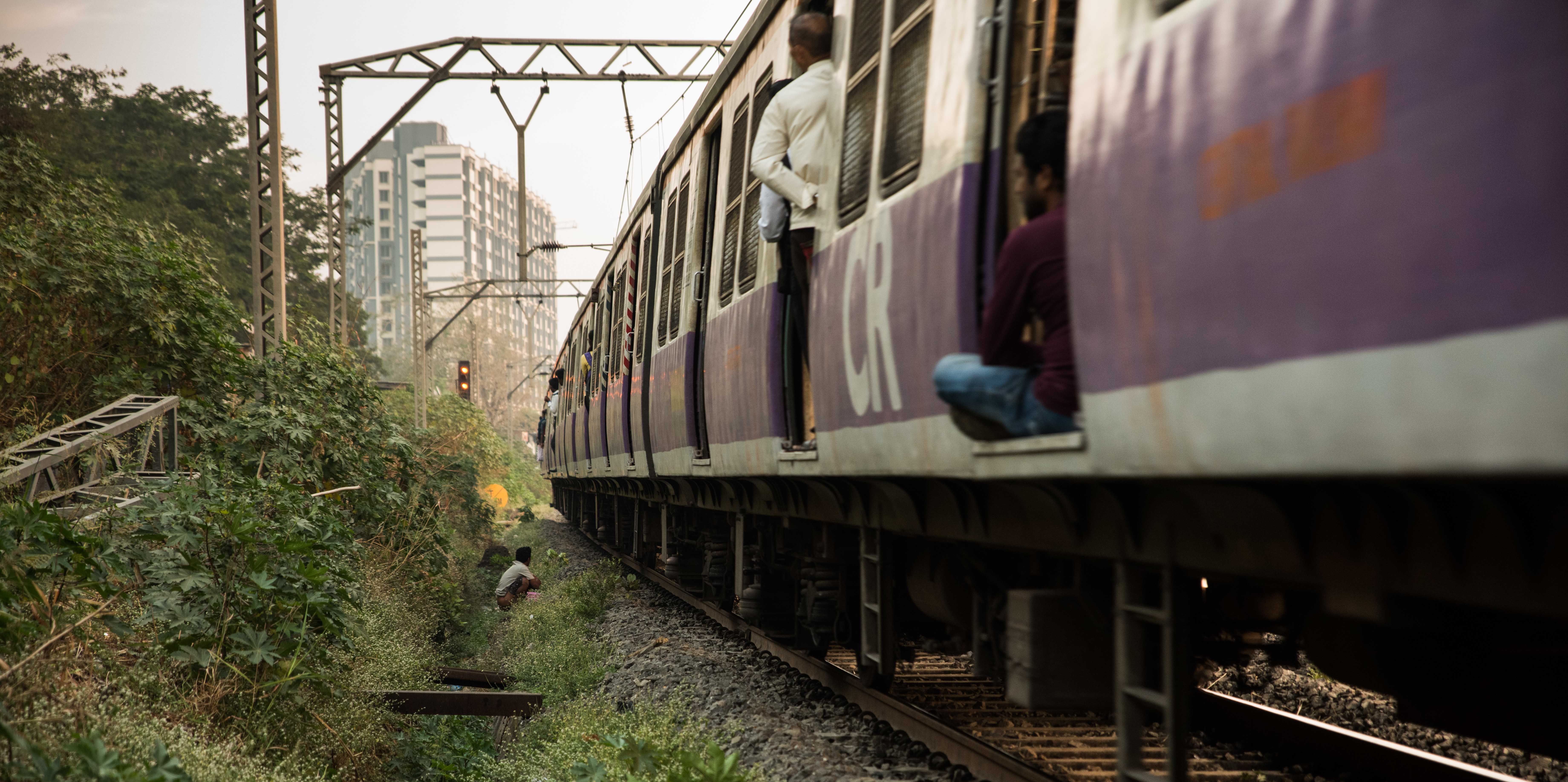Access to water, sanitation and hygiene is a human right, yet billions are still faced with daily challenges accessing even the most basic of services. Around 1.8 billion people globally use a source of drinking water that is fecally contaminated. (United Nations)

Poor Sanitation is a Sustainability Issue
Access to clean water and sanitation facilities are arguably a basic human right, but in developing countries where political instability, foreign intervention, rapid population growth, and sociocultural differences are enmeshed, issues pertaining to sanitation and hygiene are often overlooked.
Unhygienic and hazardous practices of human and domestic waste disposal in slums typically results from a lack of sanitation infrastructure, where toilet facilities, septic tanks, and sewer systems are desperately needed. Proper sanitation practices are critical in developing countries considering that contaminated-water related deaths are one of the leading causes of death in the global south (Desai, R., McFarlane, C., Graham, S., 2016).

Ecological Sustainability
Poor sanitation practices drive ecological problems when waste is disposed of in streams and waterways. The coupled impact of rapid urbanization and unsustainable growth has resulted in extreme measures where open defecation and open dumping of household waste has become the norm in the slums of Mumbai. Human and household waste disposal creates pollution and threatens nearby water bodies (Jacobson, 2007) that provide food and habitat for many organisms.
Political Sustainability
In Mumbai’s slums, the wickedness of this problem is complicated by inadequate infrastructure, public services, and education. Income inequality, gender inequality, in-access to space, and unstable land tenure leave slum residents vulnerable to unhygienic conditions resulting from unsustainable sanitation practices.


Mumbai’s sanitation problems are concentrated within informal settlements in where high population densities and unstable infrastructure prevail. The lack of financial resources and effort from management authorities hinders any progress, leaving slum populations helpless and more susceptible to illness.
In some cases, it is not the lack of infrastructure that poses the greatest risk; unequal access to clean water, as well as the safety risks associated with using public toilet facilities are the biggest hazards. This is especially true for women, who are at great risk of sexual abuse when using community facilities at night. It has been argued that gender and urban sanitation are interwoven and inseparable in impoverished regions (Joshi, Fawcett & Mannan, 2011).
Social Sustainability
Mumbai’s sanitation problem is not the same amongst all of the urban poor. As such, considerations for combating sanitation issues must account for the “heterogeneity of the urban poor – who they are; where and how they live – as illegal, quasi-legal or, in rarer instances, as legal residents of the city; and what they perceive, need and mostly lack” (Joshi, Fawcett & Mannan, 2011, p.91).
In Mumbai, slums are categorized as “notified” and “non-notified”. Residents of notified slums must prove their tenure was established before a specified date; they are then entitled to basic civic services, including access to the city water supply. Non-notified slum dwellers are essentially “unauthorized” and lack legal entitlements ((Desai, R., McFarlane, C., Graham, S., 2016). This system of entitlements is not only divisive, it also exacerbates the sanitation problem. When some have access to toilets and water while their neighbours must improvise, environmental and social problems persist.
Economic Sustainability
India’s economy stands to lose 2.44 trillion rupees (USD $54 billion) annually with ongoing inadequate sanitation (Vedachalam, 2015). This is a problem worth addressing in Mumbai since sanitation is the economic and social gateway to the rest of the world. Water, sanitation and hygiene (WASH) journalists argue that the global Sustainable Development Goals cannot be reached without first tackling sanitation in developing countries (Gupta, 2015). Being the most populous city of India with one of the world’s biggest slums, this study of Mumbai aims to provide a deeper understanding on the role of citizens, government, and international organizations in conquering issues of water, sanitation, and hygiene.
Stigmatization
Often considered “problems” rather than equals by people from other countries and fellow nationals, their sense of dignity and humanity is lost when they lose their right to clean water and government intervention (de Albuquerque, 2012). The sanitation issues faced in urban cities are directly linked to the success of the economy, environment and human livelihood.
Sanitation is seemingly a fundamental right in the global north which is why attitudes towards toilet facilities, water related diseases, and waste disposal are so unequal. The privileges that developed countries are given are too often taken for granted creating a disparity in how citizens of the world view each other. Social aspects, alongside environmental and economic, need to be addressed in combating this wicked problem. While urbanization continues to expand throughout the global south, questions arise on whether sustainable development is possible without addressing the unique problems of the urban poor.
References:
de Albuquerque, Catarina (2012). Stigma and the realization of the human rights to water and sanitation. United Nations General Assembly, Accessed 28 March 2017, <https://documents-dds-ny.un.org/doc/UNDOC/GEN/G12/148/98/PDF/G1214898.pdf?OpenElement>
Desai, R., McFarlane, C., Graham, S. (2016) Everyday Sanitation: A comparative study of Mumbai’s informal settlements. [ONLINE] Available at: https://www.dur.ac.uk/geography/everyday_sanitation/. [Accessed 28 March 2017].
Gupta, G.R. (2015). ‘Opinion: Sanitation, Water & Hygiene For All” Cannot Wait for 2030,’ Inter Press Service News Agency, October 9, Accessed 28 March 2017, <http://www.ipsnews.net/2015/10/opinion-sanitation-water-hygiene-for-all-cannot-wait-for-2030/>
Joshi, D., Fawcett, B. and Mannan, F. (2011). Health, hygiene and appropriate sanitation: experiences and perceptions of the urban poor. Environment and Urbanization, 23(1), pp.91-111.
Vedachalam, S. and Riha, S. (2015). Who’s the cleanest of them all? Sanitation scores in Indian cities. Environment and Urbanization, 27(1), pp.117-136.
United Nations, Clean Water and Sanitation: Why it Matters, The United Nations, Accessed 28 March 2017, <http://www.un.org/sustainabledevelopment/wp-content/uploads/2016/08/6_Why-it-Matters_Sanitation_2p.pdf>
http://www.ohchr.org/EN/Issues/WaterAndSanitation/SRWater/Pages/Stigmatization.aspx